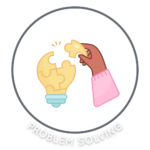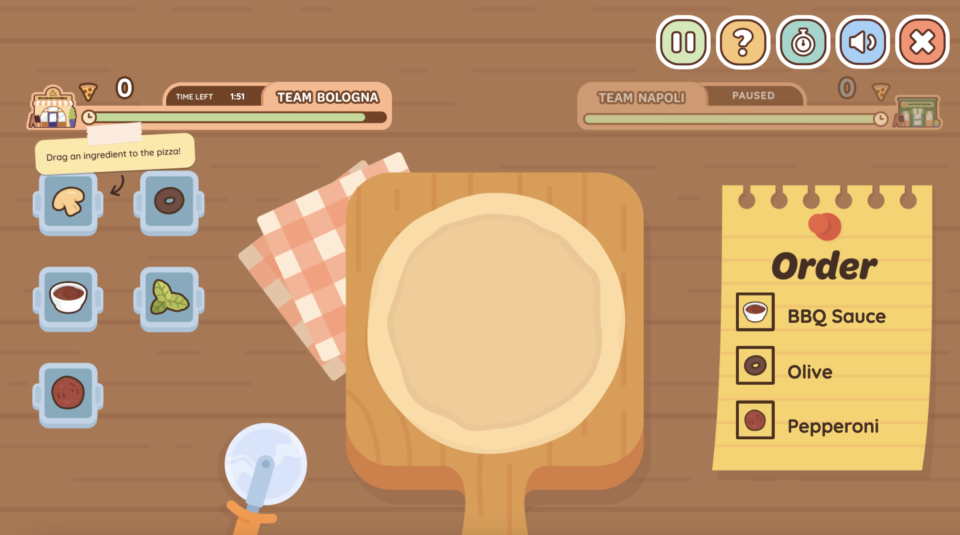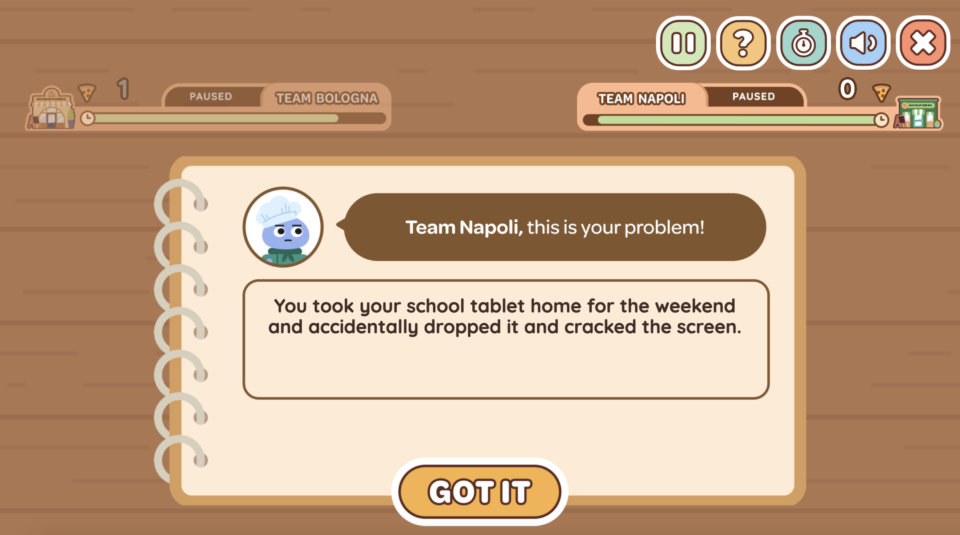
Problem-solving is a critical skill for elementary students, helping them navigate everyday challenges and build strong social relationships. However, teaching problem-solving can sometimes be a daunting task, especially for younger learners. That’s where Everyday Speech’s interactive game “Operation Pizza” comes into play. This engaging and educational game allows students to practice problem-solving in a fun, team-based environment. In this blog post, we’ll explore how elementary specialists can use “Operation Pizza” as a social skills game to teach problem-solving skills effectively.
Why Problem-Solving Skills Matter for Elementary Students
Developing problem-solving skills is essential for elementary students because it:
- Enhances Social Interaction: Helps students navigate conflicts and build stronger friendships.
- Promotes Critical Thinking: Encourages students to think creatively and analyze situations.
- Builds Confidence: Empowers students to tackle challenges independently.
- Supports Academic Success: Equips students with strategies to overcome academic obstacles.
Introducing “Operation Pizza” by Everyday Speech
“Operation Pizza” is an interactive, team-based game designed to teach students problem-solving skills in a playful, engaging way. The game involves two main components:
Pizza Making: Students work together as a team to create pizzas quickly by dragging and dropping ingredients.

Problem-Solving Scenarios: After making a pizza, the team is presented with a problem scenario and must go through multiple-choice questions to identify the problem and choose the best solution.

Implementing the Game in the Classroom
Objective
By the end of the game, students will have practiced identifying problems, considering multiple solutions, and choosing the most effective way to resolve issues.
Materials Needed
- Access to the “Operation Pizza” game from Everyday Speech on computers or tablets.
- Whiteboard and markers for group discussion.
- Reflection worksheets (optional).
Duration
45-60 minutes
Activity Steps
1. Introduction to Problem-Solving (10 minutes)
Begin by discussing the importance of problem-solving skills with your students. Explain that being able to solve problems helps them get along with others, make good decisions, and feel more confident in difficult situations.
Discussion Questions:
- What does it mean to solve a problem?
- Can you think of a time when you had to solve a problem with a friend or at school?
- Why is it important to know how to solve problems?
Key Concepts to Cover:
- Identifying the Problem: Understanding what the issue is.
- Considering Solutions: Thinking about different ways to solve the problem.
- Choosing the Best Solution: Deciding which solution will work best.
2. Introducing “Operation Pizza” (5 minutes)
Introduce the “Operation Pizza” game to the class. Explain that they will be working in teams to create pizzas and then solve problems using multiple-choice questions. The goal is to work together to make the best decisions quickly.
Overview of the Game:
- Pizza Making: Each team will be given an order and must quickly drag and drop the correct ingredients onto the pizza. Have students take turns participating.
- Problem Scenarios: After making the pizza, the team will be presented with a problem scenario (e.g., accidentally breaking a school tablet) and must answer questions to solve the problem.
Encouragement for Teamwork:
- Remind students that teamwork is essential in this game. Encourage them to communicate with each other, listen to everyone’s ideas, and work together to make the best decisions.
3. Playing the Game (15 minutes)
Have students play Operation Pizza. Allow each team to make pizzas and solve the corresponding problem scenarios. As they play, circulate around the room to observe how they are interacting and to provide guidance if needed.
Benefits of the Game:
- Interactive Learning: The game’s interactive format keeps students engaged and motivated to participate.
- Immediate Feedback: The multiple-choice format provides immediate feedback, helping students learn the consequences of different choices.
4. Group Discussion and Reflection (10 minutes)
After the gameplay, gather the students for a group discussion. Ask them to share their experiences and what they learned about solving problems.
Discussion Questions:
- What was the hardest problem to solve? Why?
- How did your team decide which solution to choose?
- What would you do differently next time?
Reflection Activity:
- Provide students with reflection worksheets where they can write about a problem they faced in the game and how they solved it. Encourage them to think about how they could apply these problem-solving strategies in real life.
Unlock all of our digital games and interactive materials by signing up for your free trial today – no credit card required!
Access the full Social Communication Curriculum HERE!
Instant access to thousands of no-prep social skills activities, over 1000+ video lessons, and engaging games designed to enhance learning and development.
Conclusion
Everyday Speech’s “Operation Pizza” offers a fun and interactive social skills game to teach problem solving skills. By implementing the game and activities outlined in this blog post, elementary specialists can help students develop the ability to identify problems, consider multiple solutions, and choose the best course of action. For more resources and tips on teaching essential life skills, stay tuned to our blog.
Sample Video
Students learn best by watching others their same-age model the behavior! Check out a sample video modeling lesson below. We offer our entire Social-Emotional Learning platform free for 14 days here!
Related Blog Posts:
Free Elementary Problem-Solving Worksheet
Teaching Middle School Students to Stay Calm and Solve Problems
Teaching Problem-Solving Skills with Solve It: An Engaging Game for Elementary Students





